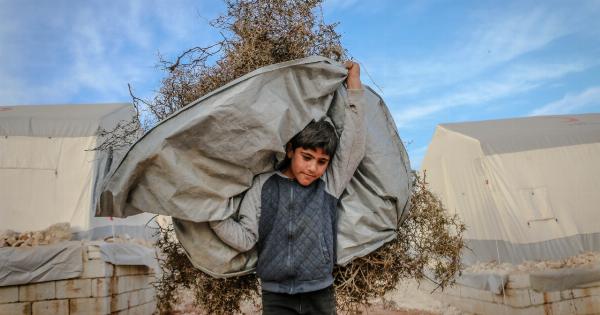The issue of food insecurity remains a major challenge in vulnerable areas across the world. With poverty, natural disasters, conflicts, and economic downturns, access to food is often limited in these areas.
Feeding programs have been put in place to address the issue, but their effectiveness varies from one area to another. This article explores ways of revamping feeding programs in vulnerable areas to improve the lives of the people.
Understanding the Problem
Food insecurity is a major challenge in many vulnerable areas. This is a result of many factors, including poverty, lack of infrastructure, and natural disasters.
The problem often affects the most vulnerable populations, including women, children, and the elderly. In many areas, feeding programs have been put in place to address the problem. However, their effectiveness is often limited. This is due to various factors, including lack of funding, inadequate staffing, and poor coordination.
The Importance of Feeding Programs
Feeding programs play a critical role in addressing food insecurity in vulnerable areas. They provide a lifeline for many people who would otherwise go hungry. In addition to providing food, feeding programs also have other benefits.
For children, they help to improve their nutrition, which is critical for their growth and development. Feeding programs also help to improve the health of people by providing them with a balanced diet.
The Challenges of Feeding Programs
Despite their importance, feeding programs face many challenges in vulnerable areas. These include lack of funding, inadequate staffing, and poor coordination.
In addition, feeding programs often struggle to provide a variety of foods, which can lead to malnutrition. Another challenge is the lack of access to clean water, which can lead to waterborne diseases.
Revamping Feeding Programs
To improve the effectiveness of feeding programs in vulnerable areas, there are several key steps that need to be taken. These include:.
1. Increased Funding
Feeding programs require adequate funding to be effective. Governments, non-governmental organizations, and international organizations should increase their funding to feeding programs.
This will enable them to purchase enough food, employ enough staff, and improve infrastructure. With increased funding, feeding programs can provide a wider variety of foods, which is critical for addressing malnutrition.
2. Innovations in Food Production
Innovations in food production can help to improve the effectiveness of feeding programs. For example, hydroponics can be used to grow fresh vegetables in areas where the soil is unsuitable for farming.
This can help to provide a wider variety of foods in feeding programs. Other innovations include using solar power to run refrigerators and using mobile kitchens to prepare meals.
3. Collaboration with Local Communities
Feeding programs should collaborate with local communities to improve their effectiveness. This can include involving local farmers in the production of food, employing local staff, and involving local organizations in the administration of the program.
Collaborating with local communities can also help to improve trust and acceptance of the program within the community.
4. Monitoring and Evaluation
Monitoring and evaluation are critical for ensuring the effectiveness of feeding programs. Regular monitoring and evaluation help to identify challenges and successes, which can inform decision-making.
Monitoring and evaluation can also help to identify areas where improvements are needed, such as staffing, food quality, and program administration.
Conclusion
Feeding programs are crucial for addressing food insecurity in vulnerable areas. However, their effectiveness is often limited by various challenges.
Revamping feeding programs by increasing funding, innovating in food production, collaborating with local communities, and monitoring and evaluation can help to improve their effectiveness and impact. By addressing the underlying causes of food insecurity, we can make a real difference in the lives of vulnerable populations across the world.



























